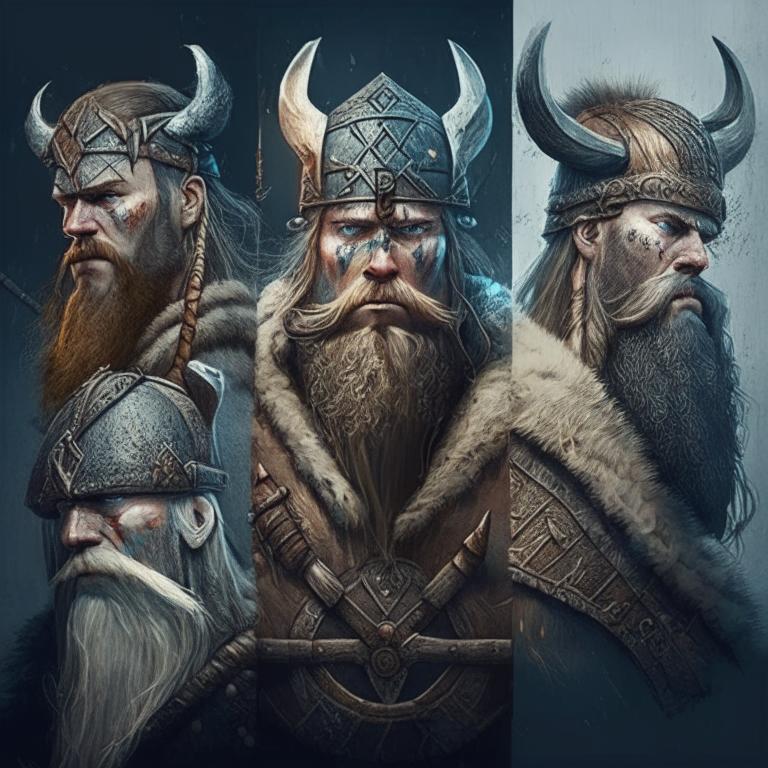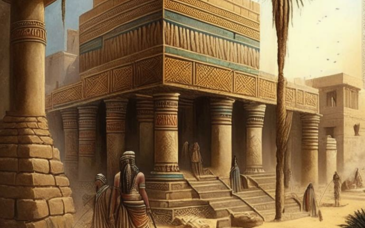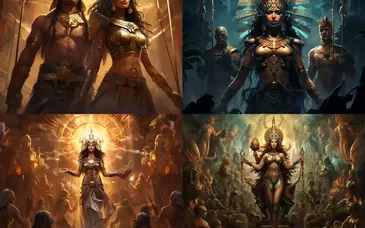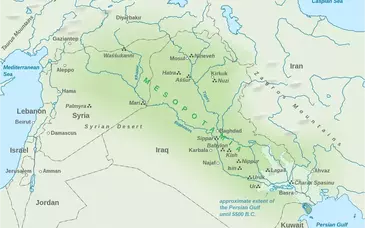
The Vikings were a seafaring people from the late eighth to early 11th century. Their ancient culture was centered in the Scandinavian countries of Norway, Denmark, and Sweden, but they also had settlements and settlements in other parts of Europe, such as the British Isles, Iceland, Greenland and parts of modern-day Russia.
The Vikings were known for their seafaring and trading abilities, and they established a vast trading network that stretched from the Mediterranean to the North Atlantic. They traded in goods such as furs, honey, and slaves and were known for their distinctive longboats, which allowed them to navigate the rough seas and navigate to faraway places.
Vikings were also great warriors, and they launched raids on various parts of Europe, including the British Isles, Ireland, and the Frankish Empire. They were feared and respected for their fierce fighting style, which involved using weapons such as swords, axes, and shields. Many of the towns and villages they attacked were burned, and the people they captured were enslaved.
Viking society was divided into three classes: nobles, freemen, and slaves. At the top of the social hierarchy were the nobles, who were wealthy landowners and powerful leaders. They owned most of the land and controlled the trade routes. Freemen were farmers, fishermen, and craftspeople who had more freedom than slaves but were still considered lower class. Slaves were at the bottom of the social hierarchy and were owned by the nobles.
Viking religion was polytheistic, and they believed in a pantheon of gods and goddesses such as Odin, Thor, and Freyja. They also believed in the existence of Valhalla, a great hall in Asgard, where fallen warriors went after death.
Viking culture also included a rich tradition of art, poetry, and storytelling, which has left a lasting legacy. The Vikings were known for their intricate metalwork, such as brooches, arm rings, and necklaces. They also had a rich tradition of storytelling, which was passed down through generations by skalds (poets) and bards.
In conclusion, the Vikings were a seafaring and trading people who left a significant impact on the ancient world. Their seafaring and trading abilities, fierce fighting style, and rich culture have left a lasting legacy that can still be seen today. The Vikings are also known for their distinctive art, poetry, and storytelling, which has helped to shape the modern day perceptions of the Viking culture.




